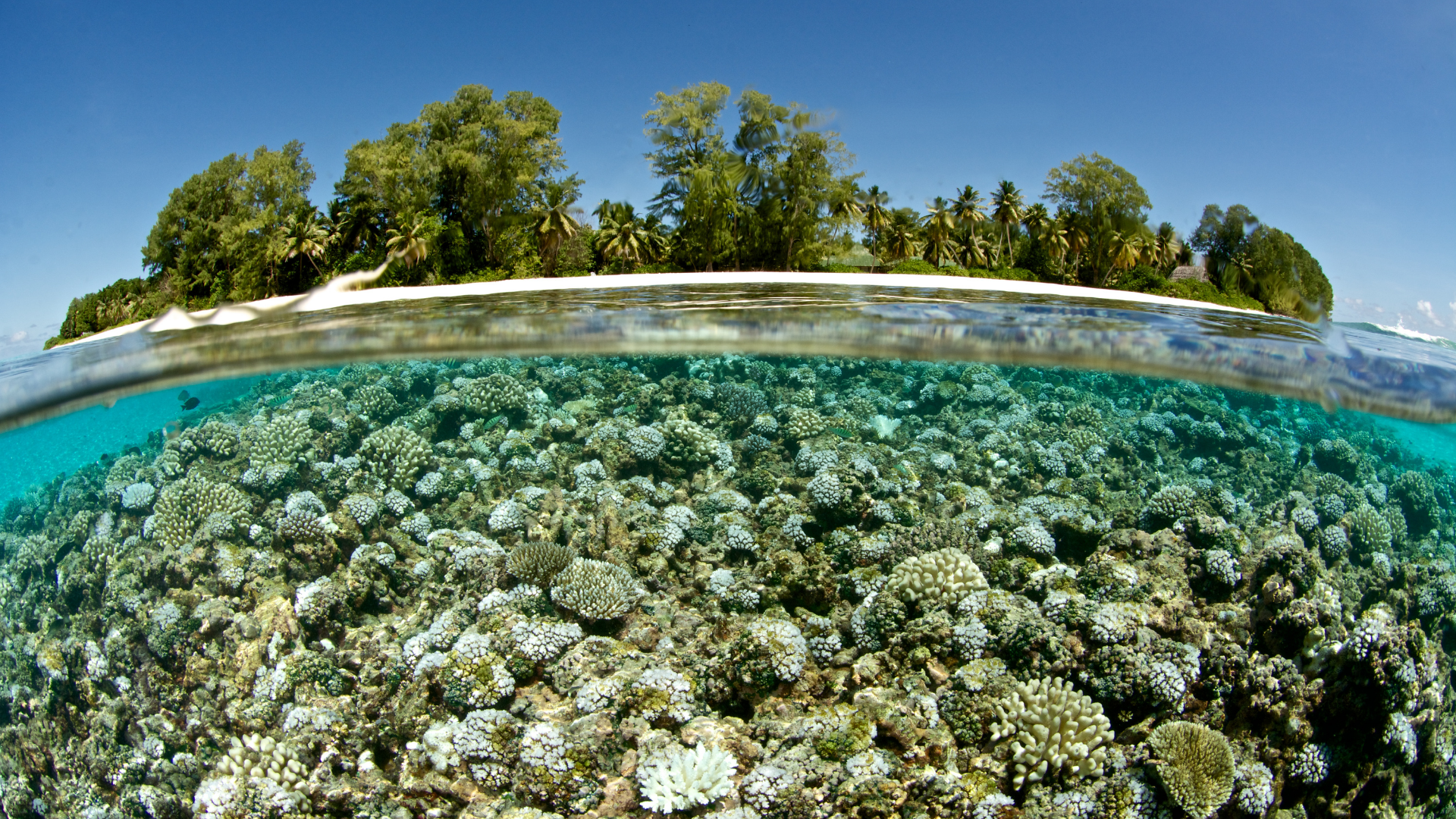Coral reefs are home to some of the most diverse ecosystems on earth, with 1,000s of marine species swimming around together in harmony. Unfortunately, coral reefs are threatened by human activity. The acidification caused by rising carbon dioxide levels at sea is a major contributor to coral bleaching, a condition that occurs when corals expel the algae that live symbiotically inside them, leaving them without nutrients or bright colors.
Coral bleaching, also called coral disease, occurs when coral is exposed to unusually warm ocean temperatures. Bleaching happens when the coral’s symbiotic algae (zooxanthellae) bleaches, causing corals to turn white or lose their vibrant colors. Bleaching is natural, but it can be dangerous. When corals bleach, their algae die, and the corals begin losing their hard skeletons. This can result in the corals dying off completely.
Sedimentation
The coral bleaching phenomenon has been devastating the Great Barrier Reef in Australia. The Great Barrier Reef is part of the largest coral reef system in the world, and its stunning beauty can be enjoyed by millions each year. Coral bleaching, a process by which stressed corals lose their color, has been going on for years now, and scientists are still trying to figure out why.
Coral bleaching is what happens when corals are exposed to high levels of energy-wasting algae, or a process called “sedimentation,” which causes a coral’s tissue to turn white. This process can stress the coral, causing it to expel its symbiotic algae and eventually die. Coral bleaching, or the death of corals, has been one of the biggest ecological concerns facing the Great Barrier Reef, an area in the South Pacific known for its coral formations and marine life.
A byproduct of a coral’s metabolism is the release of calcium carbonate, a mineral that makes up coral skeletons, into their surrounding water. As this water moves around them, it mixes with surrounding seawater, causing the calcium carbonate to float to the surface and create a high concentration area called an upwelling zone. Coral polyps then absorb the calcium carbonate, creating their skeletons, which give them structure.
Temperature
Coral bleaching is what happens when corals are exposed to changes in temperature that cause them to expel their symbiotic algae and turn white, losing most of their color. This occurs naturally when water temperatures rise, and corals no longer make it through the bleaching, but when this happens consistently, corals can die.
Coral bleaching occurs when coral becomes stressed by changes in water temperature. Most coral is symbiotic relationships; algae and zooxanthellae live symbiotically inside the coral. The algae provide food for the zooxanthellae, which provides energy to the coral. When the water temperature changes, the coral can absorb fewer nutrients, and zooxanthellae can expel them. The coral does not have enough nutrients to fend off diseases, and bleaching occurs.
Epizootics
Coral bleaching refers to the discoloration and death of coral colonies due to rising ocean temperatures caused by global warming. The phenomenon occurs when corals expel the symbiotic algae living in their tissue, leaving them with a skeleton. The algae provide a livelihood for the coral, which provides a habitat for fish. The symbiotic relationship is disrupted when corals expel the algae from their tissue, leaving them to die. If the coral dies, the reef will erode.
Coral bleaching is devastating. It occurs when the corals’ symbiotic algae (zooxanthellae) are expelled, and the corals are deprived of the food, sunlight, and oxygen that they require. The corals can regenerate their algae, but it can take years. So, what are the causes of coral bleaching? Coral reefs are animals, not plants, and they need water to survive. But they also need sunlight to survive. When the water is too warm, it bleaches the coral, which kills it. The bleach also kills the coral’s algae, which makes the coral turn white. Coral bleaching occurs all over the world—but it has to happen in a particular way that scientists refer to as “epizootics.”
Xenobiotics
Coral bleaching is a disease that kills corals. It can occur when changes in water temperature trigger coral to expel living coral tissue, leaving it defenseless against sunlight. The bleaching effect can occur when coral is overexposed to the sun, either because they have been disturbed by human activities or because of climate change. When stressed, corals expel the algae living in their tissues. The algae provide nutrients for the coral, and algae are the base of the coral’s food chain.
When corals are under stress, they are first vulnerable to opening their zooxanthellae (the algae that live inside their tissues). The corals channel their captured nutrients toward the algae to keep them alive and functioning. When stressors continue, the corals can no longer capture all the nutrients they need, and they begin starving. They begin to lose color, often turning white or pale.



